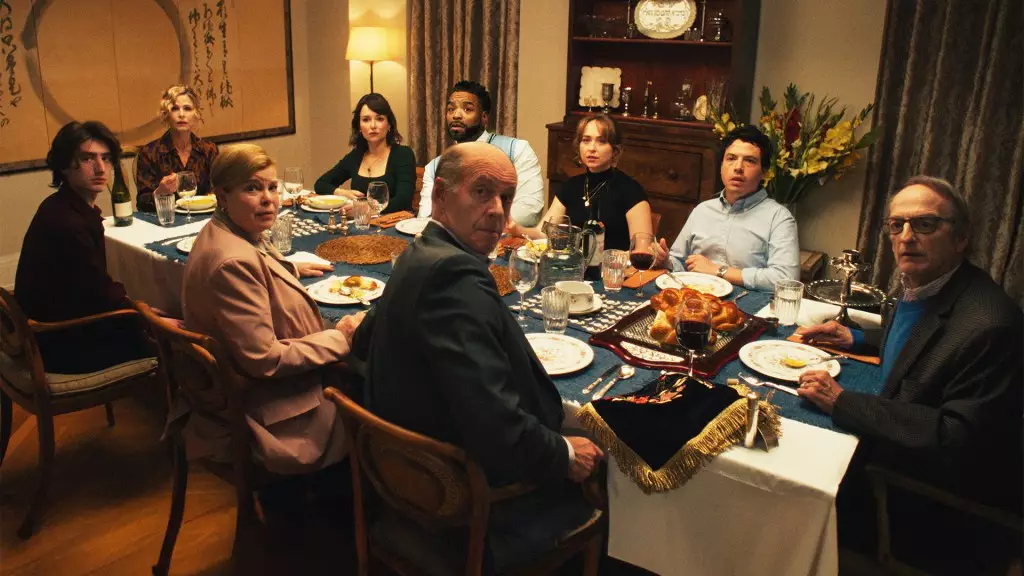The recent successes of small-scale indie films like *Bad Shabbos* reveal a profound shift in how audiences engage with cinema outside the blockbuster paradigm. In an era dominated by corporate giants and franchise fatigue, these films carve a niche by embracing authenticity, genuine storytelling, and community-driven word of mouth. The fact that *Bad Shabbos* has surpassed $1 million at the U.S. box office despite a modest initial release underscores a crucial point: audiences are craving relatable, thoughtful entertainment that resonates on a personal level, rather than overpriced spectacle designed solely for mass consumption. This evolving landscape questions the preeminence of traditional distribution models, advocating instead for a more sustainable, audience-centric approach that nurtures indie cinema’s growth over time.
The Enduring Power of Word of Mouth and Small Screen Strategy
What sets films like *Bad Shabbos* apart is their ability to sustain momentum through authentic community engagement. The film’s extended runs in theaters such as Boston, Los Angeles, and New York highlight a strategic focus on gradual, organic growth rather than fleeting, splashy openings. As Neil Friedman from Menemsha Films articulates, “Word of mouth has always been the most powerful advertising,” especially for films that prioritize storytelling authenticity over spectacle. This approach fosters a dedicated audience willing to champion a film week after week, creating a virtuous cycle that online reviews and grassroots advocacy increasingly amplify. In the age of social media, these grassroots mechanisms are more influential than ever, empowering relatively small films to punch above their weight and challenge Hollywood’s traditional gatekeeping.
Indie Films as Cultural Commentary and Personal Narratives
*Bad Shabbos*’s success also suggests a societal craving for comedy rooted in real-life dilemmas and cultural intersections. The film’s premise—a humorous take on an interfaith couple’s first family gathering disrupted by tragedy—serves as a mirror to contemporary social dynamics. It exemplifies how indie cinema can shine a light on nuanced, often overlooked stories that mainstream Hollywood tends to sideline in favor of blockbuster escapism. These projects leverage authenticity to build empathy and understanding, characteristics that resonate with audiences seeking cultural validation and community connection. Hence, indie films are not just entertainment—they act as cultural artifacts that challenge monolithic narratives, encouraging dialogue on complex social issues within a personal context.
The Future of Indie Cinema in a Commercialized Industry
While the indie sector’s resilience is encouraging, it faces several hurdles. The reliance on limited theatrical runs and word of mouth leaves these films vulnerable to shifting audience habits and market instability. However, the current success stories prove that a well-placed, authentic film can sustain itself and even thrive without traditional blockbuster backing. The strategic use of theatrical runs—often in niche markets or cinephile hubs—ensures that these movies maintain a dedicated viewer base, even as they expand gradually. As streaming platforms evolve and streaming services incorporate more indie content, the industry must recognize that the future of cinema lies intertwined with community-driven, authentic storytelling that prioritizes quality over quantity.
The Central Role of Audience Loyalty and Cultural Relevance
Ultimately, the story of *Bad Shabbos* and similar indie projects underscores the undeniable importance of audience loyalty. These films demonstrate that viewers are more discerning and connected than ever, seeking out stories that reflect their lived experiences and cultural identities. This trend should inspire studios and distributors to rethink their strategies—favoring quality over blockbuster spectacle and recognizing the untapped potential of smaller, fiercely independent projects. In a landscape often marred by homogenization and corporate interests, indie cinema stands as a vital counterbalance—a reminder that meaningful storytelling, nurtured through patience and genuine engagement, remains at the heart of cinema’s enduring appeal.


Leave a Reply